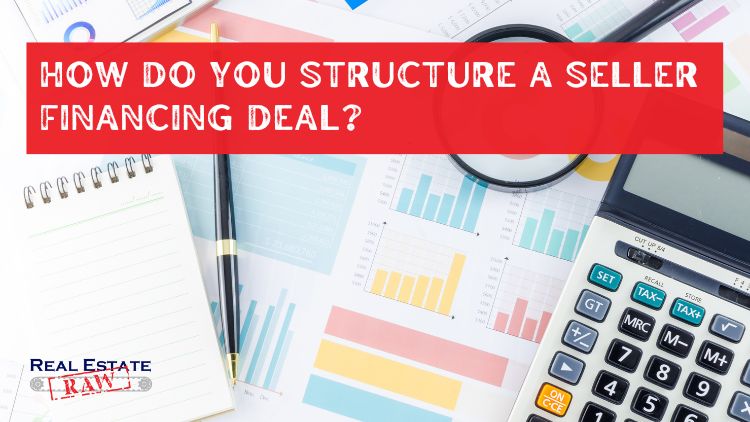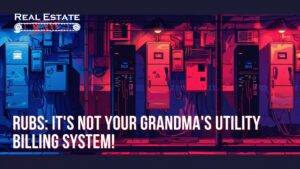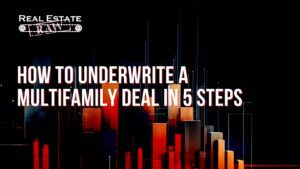Give on price and take on terms…that’s how. Sellers are most sensitive to price and buyers are most sensitive to the terms of the sellers’ loan. Give the seller the price they want but negotiate terms of the loan that will give you the best cash flow. Here are a few things to consider when you are negotiating the terms of the loan.
-
- Don’t use current market interest rates to create the interest rate for your seller financing loan. Use a rate that will allow you to cash flow. If you are giving the seller the price they want, you need to have a loan that will let you operate profitably.
- The higher the price…the longer the loan term. You will need time for the property to appreciate before you have to exit (pay the sellers loan off). You will need to sell or refinance the property to pay off the loan. If the property value is down at the point of loan maturity, you will have a distressed exit. The longer the loan term, the less sensitive to the price you will be. If a seller gives you 1 year to pay off a loan… you are very sensitive to the price. If a seller gives you 10 years to pay off a loan, you can be much less sensitive to the price.
- Bring as little cash to the deal as possible. Higher price = lower down payment.
- Defer payments if possible. This is a great way to get a distressed deal renovated and stabilized. Try to get the seller to allow you to defer the first 3-6 months of payments. The interest can be added to the payoff amount at the end of the loan. This will allow you to collect any rent produced by the property and use it to fund renovations.
- Exchange downpayment for needed repairs. If the property you are dealing with needs repairs or renovations, exchange downpayment for work done to the property.
What is seller financing?
Seller financing is when a seller (of real estate) is willing to sell a property to a buyer by financing the deal for the buyer instead of demanding full payment at the point of sale. In most cases you, the buyer, will obtain a loan to buy a piece of real estate or you will buy it with all cash. Either way the seller receives the full amount of sale price at closing. With seller financing the seller will be creating a mortgage for you (like a bank) and the property will become yours after a closing. The only difference here is that the seller will also be the lender.
What about down payment for seller financing?
The basic structure of seller financing is that the seller will be carrying back a mortgage at closing and they will likely want you to put some money down. How much depends on you, the seller, and the deal. As stated above, try to limit the amount of cash you bring to a deal. My general rule of thumb for downpayment is “put down as little as possible but as much as it takes to get the deal done”.
Also read: How Does Seller Financing Work In Multifamily Investing


































